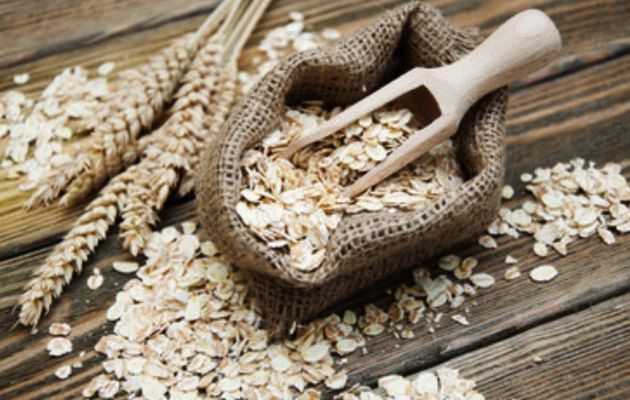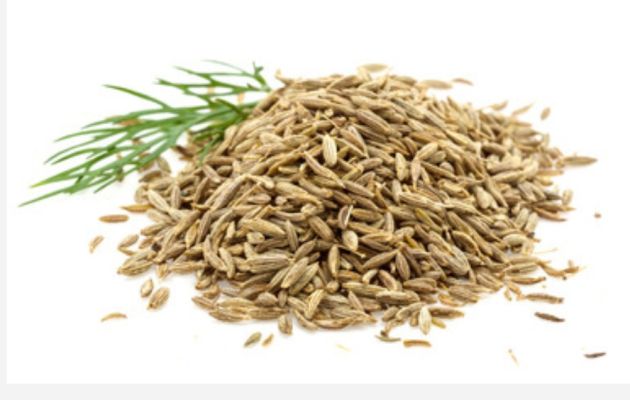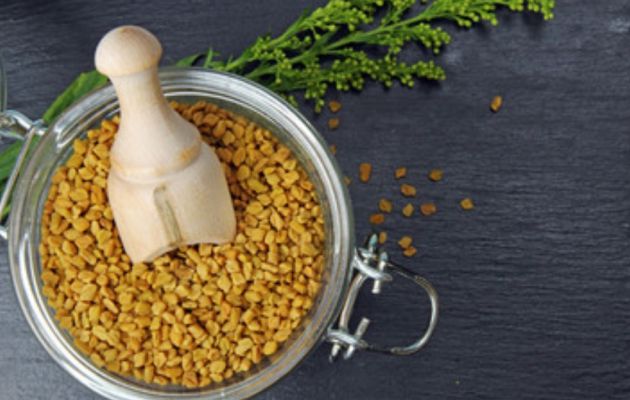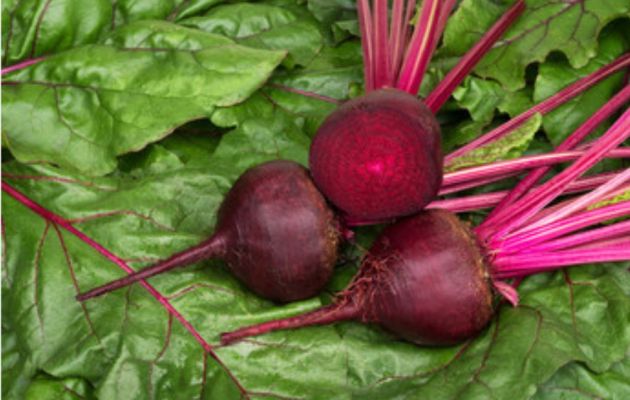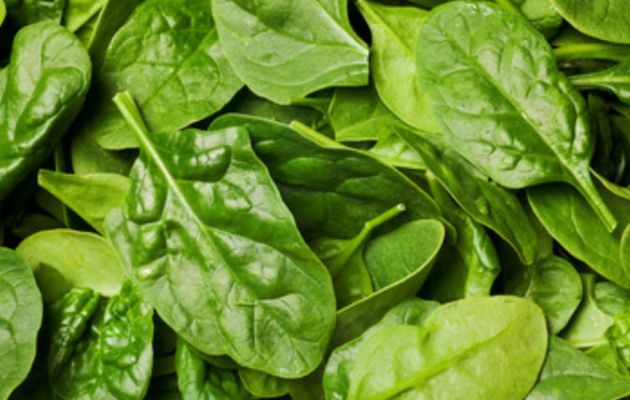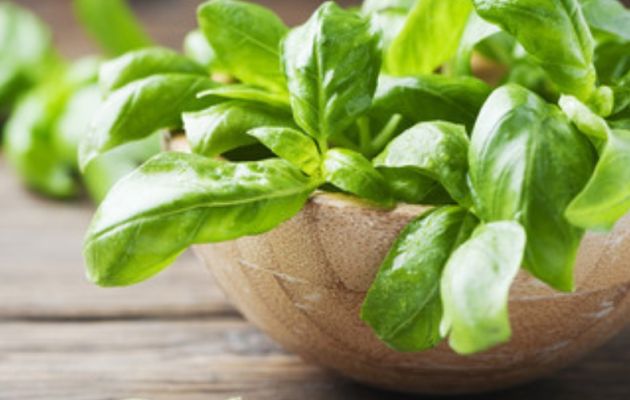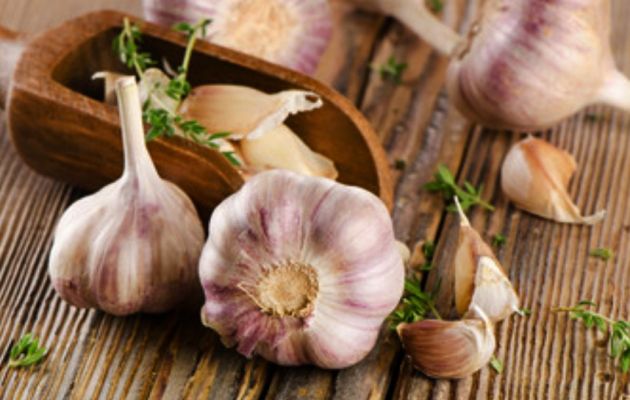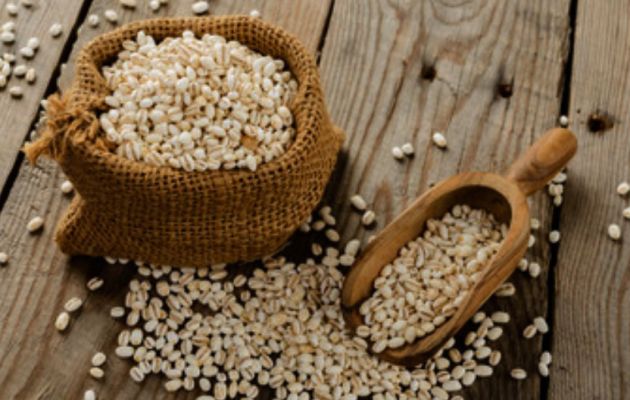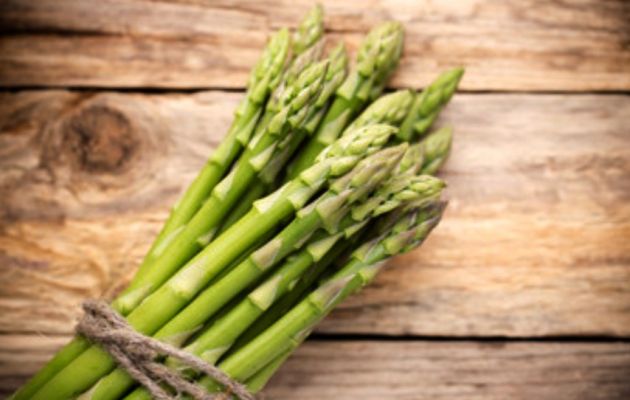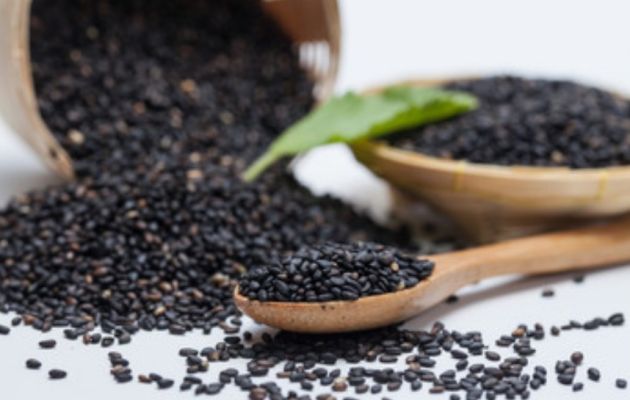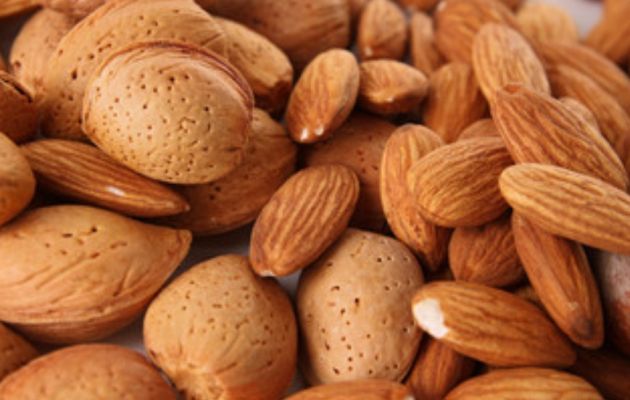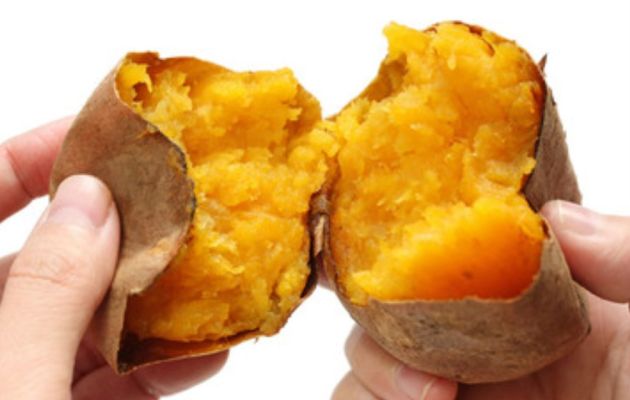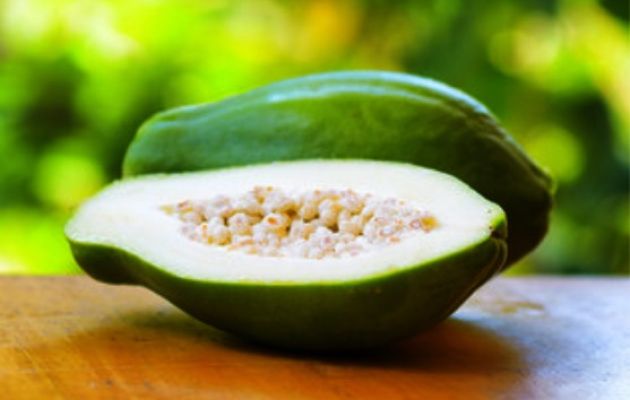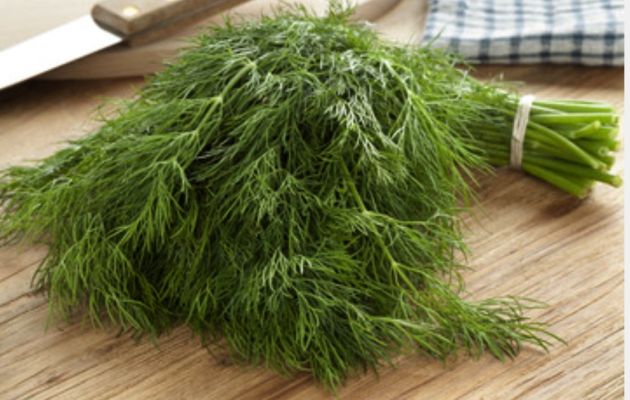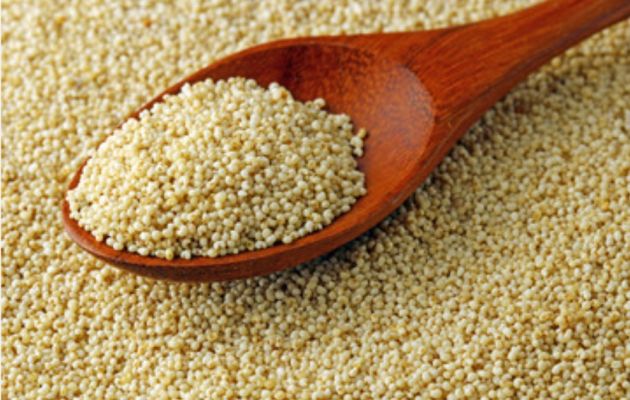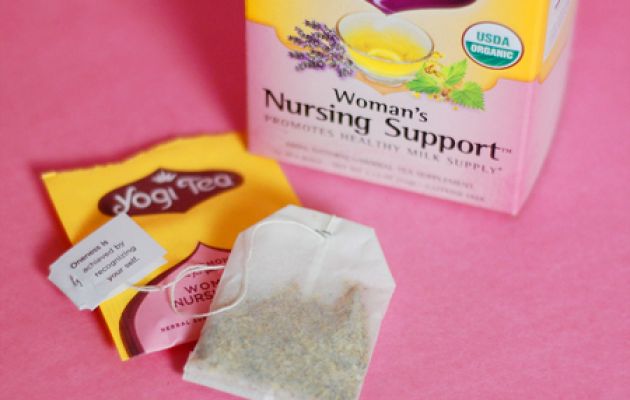A few days ago, a friend called to ask about lactation foods (foods that increase production of breast milk). Even as I rattled off some foods that came to mind, I realized I get asked this question a lot. Just one of the perks of being a community nutritionist who places a lot of emphasis on natural healing and natural foods, this is just one of the questions I often get asked. We have had it drummed into us that Breast Milk often referred to as “liquid gold” is the best thing you can give your baby. While some mom’s produce enough and more milk by the pint, others struggle to get even an ounce. A lot depends on genetics, time on hand to breast feed, foods you eat, you emotional state and general health. I can safely say I have been in both categories with my two children. With my oldest I was home and breast feeding was easy, a piece of cake I would say. I had all the time on my hands and since she refused formula I fed her until she had completed a year. With my second, I was working, studying for my RD exam, had an active 4 year old and a busier life style. Milk flow was not as easy and in my eagerness to give my second child the same benefits I gave my first and allay some of the “working mommy” guilt I researched and tried natural foods that supposedly helped speed along the process. They did help and although I did resort to the breast pump and other non-food methods, I am quite sure the foods helped with milk production. I always tell my breast feeding moms not to beat themselves up if they cannot produce enough milk to breast feed. Any amount you give your child (even an ounce) is beneficial and of course, formula is always there. Loving and enjoying your child is the best gift you can give your baby. But also do not throw in the towel if success is not possible in the first few weeks. Breast feeding like other natural functions in life requires patience, perseverance and eventually it will happen. If you would like to increase your milk production try these foods. They are not magic but they will just give you a little boost and help increase the flow.
Lactogenic Foods
Check out this slide show I created on “Lactogenic foods”. Try to include at least a few of these in your diet and find creative ways to use them. You will only need a tsp or tbsp of the herbs, seeds and spices to get the lactogenic properties. Green papaya can be made into a salad or cooked with lentils. Barley can be boiled with water. Herbs and spices can be infused into water, blended in smoothies or used in cooking. Spices like Khus Khus and sesame seeds can be soaked in water, blended into a paste and added to milk or oatmeal.
Lactation water
This recipe, which I fondly call “lactation water”, was created for one of my working clients who wanted an easy and convenient way to increase milk flow. It worked well for her and I am happy to share it. It is a potable and easily portable water that you can carry wherever you go. Just 1 tbsp. of fennel seeds and 1 tbsp. fenugreek soaked in 1 gallon of water overnight. This will give you about 16 glasses which should last mommy about 2 to 3 days. The seeds help with milk production and when infused into water impart their lactogenic properties to the liquid. Infusing the seeds with warm water leads to better absorption. My client liked the taste of it, and would carry it with her in a nice BPA free bottle and chug it through the day. She noticed a change in her milk supply and stayed with it all though her lactation days. You can add basil or dill to the infused water as both help to increase milk production. Refrigerate the water after a few hours.
Foods to Avoid
Generally spicy foods are to be avoided but some babies seem to handle them so I always tell my Moms to get their cue from their infant. If the child seems fussy or colicky after you have nursed, it just might be the diet. As a general rule, citrus foods, cauliflower, cabbage, broccoli, cucumber, peppers, chocolate and heavy spices have been reported by moms as being objectionable.
Other methods to increase breast milk production
Drink up: The more fluid you drink, the easier it is to get the milk flowing. Liquids of any kind except alcohol would count towards fluid. They increase the total milk volume per feed. Warm liquids like milk and soups are generally better and more nutritious. Juices like carrot juice or my carrot milk are nutritious and lactogenic. Barley water is also highly lactogenic. However plain water is also a good fluid and helps prevent dehydration which could impede milk production.
Eat Well: Extra Calories, when you are breast feeding, are as important as the extra calories you need when you are pregnant. Studies have shown that most healthy breastfeeding women maintain an abundant milk supply while taking in 2000- 2200 calories per day. Consuming less than 1500-1800 calories per day may put your milk supply at risk. You burn calories when you breast feed so the additional calories you eat are not going to matter. Calories obtained from protein and healthy fats are good for milk production.
Nurse Frequently: Breast milk production is a demand and supply process. The more the baby drinks the more milk you will produce. The sucking action stimulates the milk ducts and increases volume of milk produced.
Express Milk: Expressing is a method of taking breast milk from your body without the baby having to suckle. Not only does this increase milk supply it’s very useful to be able to store any extra milk for lean periods. Expressed milk can be stored in the refrigerator 24 hrs, and frozen for a year. You can use a manual breast pump or a heavy duty electric pump, both of which will increase milk supply. The heavy duty electric pumps are expensive but you may have friends who would like to donate a used pump. Just change the suction cups if you wish and sterilize before use. Several hospitals and organizations offer free breast pumps. Some insurances cover the cost.
Skin to Skin: Skin-to-skin will help you learn your baby’s cues and increase the level of prolactin you produce. Prolactin is a hormone responsible for helping your body to make milk. Holding your baby skin-to-skin helps your body make more milk and help calm fussy babies. Skin to Skin is especially useful when you first start nursing.
More than anything stay calm and relaxed. Your stress can transfer to the baby and interfere with breast milk production. Get help from family members to babysit so you can get your rest and strength to nurse your baby. Eat well and enjoy your baby.
Note: Wrote this post about a week back, chewed on it and finally published it today.











